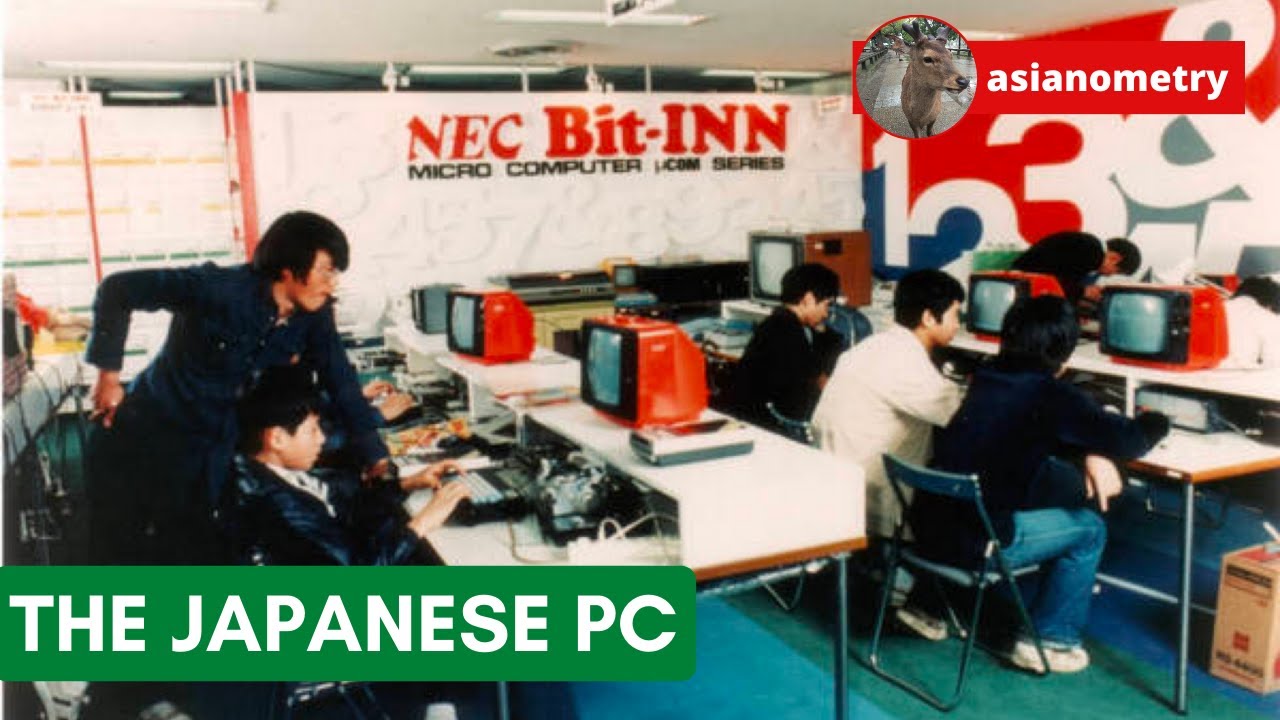The first generation of personal computing, from inception in the mid-1970s until the sludge tsunami of Microsoft Windows extinguished innovation and creativity in systems design in the early 1990s, developed almost entirely independently of the industry in the West. The major Japanese semiconductor companies such as Fujitsu, Hitachi, and NEC (Nippon Electric Company) were quick to launch their own microprocessor and peripheral chips, but slow to integrate them into small computer systems. In part, this was because they were part of large enterprises that made mainframe and minicomputer systems, and did not take small computers seriously.
One major barrier to adoption of personal computers in Japan was the written language which, unlike Western languages that can be accommodated by a small (64 to 256) character set, requires thousands to tens of thousands of characters (kanji) which must be displayed, printed, and input somehow into a computer. Western personal computer manufacturers largely ignored this challenge because the Japanese market was small compared to that in the West, the complexity of dealing with such a large character set in software was great, and the limited and expensive memory of contemporary computers made implementation difficult.
This effectively dug a moat around Japan, allowing domestic manufacturers to develop without competition from companies battling it out in the rest of the world. They produced a variety of unique products which thrived until competition arrived with the 1990 announcement by IBM of DOS/V, which supported Kanji on IBM PC family and compatible computers equipped with a standard VGA graphics card.
In 1993, Microsoft launched Windows 3.1J with Kanji support, and shipped 1.46 million copies in that year alone. This drove a stake through the heart of the Japanese proprietary personal computer market.
In the engineering workstation market, the 1980s were a wild and woolly time. It seemed like every large Japanese company with a toe in the computer industry had developed its own workstation, assured that in-house installations alone would be sufficient to justify the development and support cost (and again, lack of Kanji support by the major U.S. players such as Sun Microsystems, Apollo, and Silicon Graphics provided an environment with little foreign competition). At Autodesk, we had numerous projects underway to port AutoCAD to all of these machines, many worked on by programmers from Japan who had come to the U.S. for university studies and were able to read the documentation of the workstations, which was only in Japanese.
